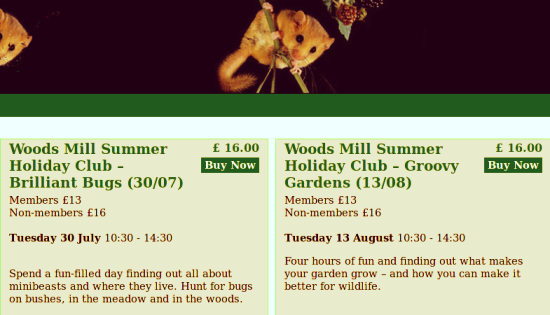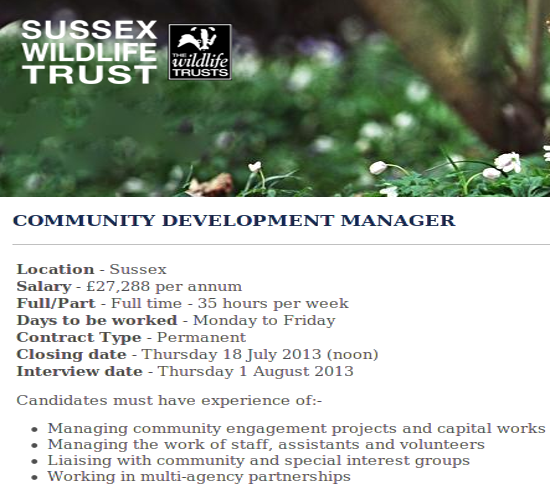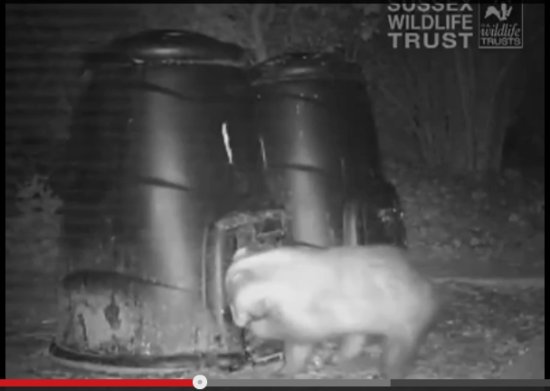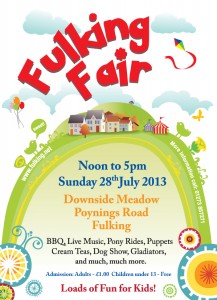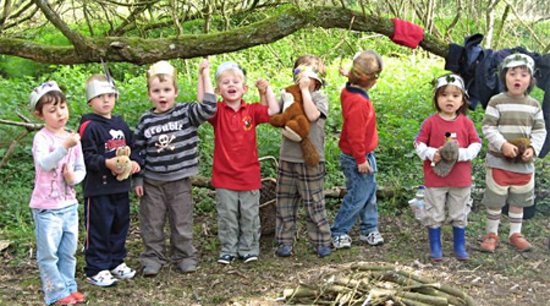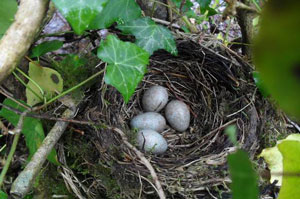 The Parish Council would like to remind everybody about their responsibility towards wildlife particularly at this time of the year.
The Parish Council would like to remind everybody about their responsibility towards wildlife particularly at this time of the year.
This is the time of year when everything starts growing madly, and as a consequence, this is when we start pruning and trimming to make our gardens look their best.
However, please spare a thought for our wildlife, in particular the birds. This is the season when they have already chosen their nesting sites and are bringing up their chicks; taking down or hard pruning established hedges and trees can be disastrous for them. Using electric hedge trimmers for prolonged periods can scare away the parent birds, meaning abandoned nests and chicks. If possible, try to plan hard pruning before 1st March and after 31st July at the earliest, ideally end of August, and keep tidying to a minimum during these times – many birds have two or three broods, especially if weather conditions are adverse.
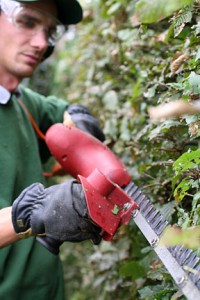 It is actually an offence under Section 1 of the Wildlife and Countryside Act of 1981 intentionally to take, damage or destroy the nest of any wild bird while it is in use or being built – for example, if you know there is an active nest in the hedge and still cut the hedge, damaging or destroying the nest in the process.
It is actually an offence under Section 1 of the Wildlife and Countryside Act of 1981 intentionally to take, damage or destroy the nest of any wild bird while it is in use or being built – for example, if you know there is an active nest in the hedge and still cut the hedge, damaging or destroying the nest in the process.
We also need to be aware of ground nesting birds, such as skylarks, pheasant, meadow pipit, when walking our dogs, especially when walking through ‘open access land’ (in our area Fulking escarpment and the north face of The Downs ). From 1st March to 31st July, dogs must be kept on a short lead on open access land to protect these ground nesting birds. At all times of the year, dogs should be kept on a short lead when in the vicinity of livestock. We are seeing an increasing number of incidents on Fulking escarpment of dogs chasing cattle and sheep and the owners being unable to call them back under control. As a reminder, farmers are within their rights to shoot dogs which are worrying their livestock.
We live in the countryside, and wildlife and livestock are a large part of this. We as residents should try to set an example and politely remind others who use and enjoy this beautiful area of their responsibilities.

